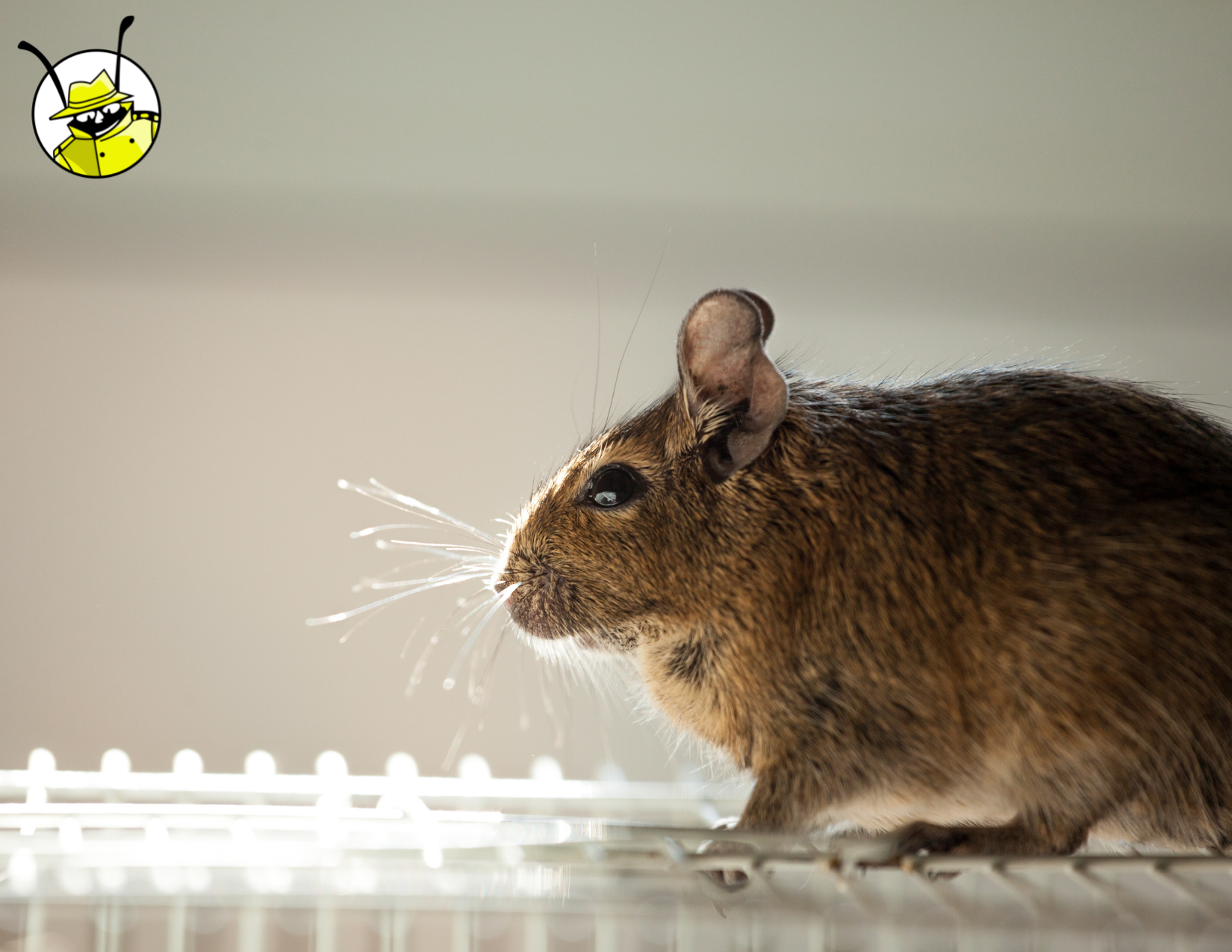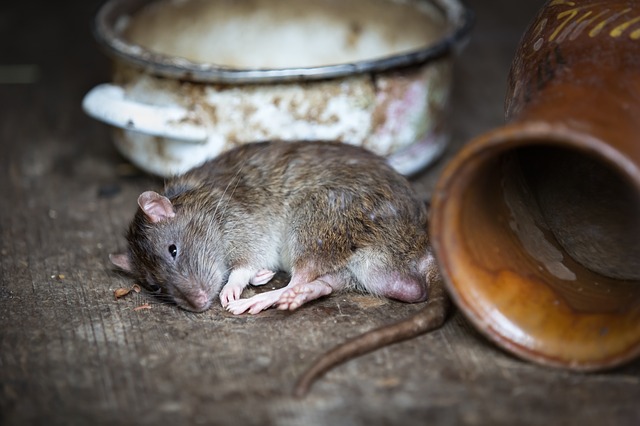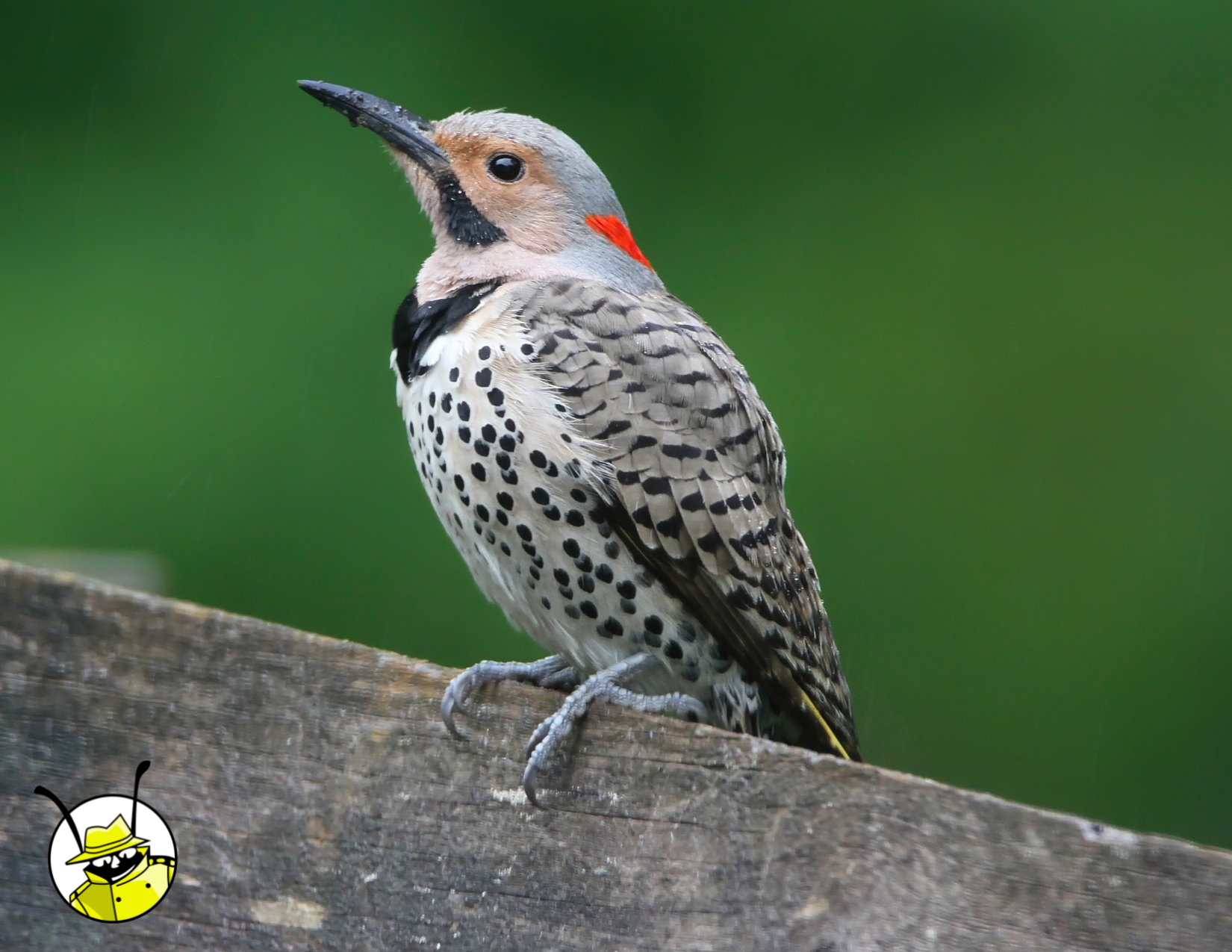
Home and business owners dread the thought of having a rodent problem and rightly so. Mice (and rats) can do significant damage to furniture and building structures, and they are carriers of harmful diseases, some of which may even cause fatality in humans. Therefore, special attention must be given to rodent control.
Even though rats and mice have relatively short life spans, they can reproduce at alarming rates which can cause an existing rodent problem to spiral out of control. A mature house mouse can produce up to six babies per litter and is ready to start reproducing as early as two months old.
While you will rarely see rats running around your home as rats and mice search for food at night when no one is around. You will, however, see evidence that they exist by the dropping they leave on surfaces. If you do see a rodent in the daytime, it might mean you are dealing with a large infestation problem.
So we’ve made a Mice & Rats MASTER blog post. Here is where you can find EVERYTHING you need to know about Mice and Rats that we have covered in previous blog posts!
Know Your Enemies: Mice and Rats
They may have cute and fuzzy faces but rats and mice are not something you want scurrying around your home or business. Rodents can carry diseases, chew on your furniture, leave droppings around your place, or gnaw electrical wires. These creatures look for any safe place that can offer food and warmth. So, any home or building could become a potential breeding ground for mice and rats. It can be a frustrating situation for anyone dealing with this nightmare.
These animals are known to be clever, resourceful and notoriously hard to get rid of. So if you have an issue with these pesky pests, arming yourself with the right information is one of the first steps you can take to tackle the issue. Small prey animals like mice and rats reproduce quickly so effective rodent control is critical. Here we’ll help you understand the rodent life cycle so you can be well informed to avoid issues with these pests.
The Life Cycle of Mice and Rats
Rats and mice have incredible reproductive capabilities. Mice have a quick maturation process and reach sexual maturity at 4-8 weeks of age. The gestation period of mice is a short period of about three weeks and one rodent can give birth to 5 or 6 babies.
Norway and roof rats become sexually mature and able to mate at 8 to 12 weeks of age. They also have a gestation period of about 3 weeks. Norway rats can have an average of 8 – 12 pups per litter while roof rats have 4 to 8 pups per litter. It’s not uncommon for rats to have five to ten litters per year.
Mice can give birth in as little as 25 days after the first litter. Female mice can be in heat and become pregnant in 24 to 48 hours after giving birth to their offspring.
The standard life expectancy of mice and rats is about one year. However, indoor rodents can live for 2 to 3 years. Without harsh environments or predators such as owls, cats, or hawks, rodents can be expected to live longer.
Mice and rats that live indoors with adequate food, water and shelter can have increased capacity to breed all year long. The winter months may be too cold to allow for successful reproduction so rodents living outdoors may only be able to breed during the spring, summer and fall. A rodent can continue this breeding lifecycle until it dies. Once you come to terms with the multiplication rate of these animals, you’ll realize how quickly a mice control issue may get out of hand by the end of the year. You may have more rats than you bargained for unless you tackle the issue as soon as possible.
Diseases Mice & Rodents Can Cause

Mice and rats are known to carry a variety of illnesses that may cause significant sickness and, in some instances, death. They include:
Rodents that Cause Hantavirus
The Hantavirus, which is most often seen in the white-footed mouse, cotton rat, and rice rat, is a potentially fatal illness with no particular treatment, cure, or vaccination. Symptoms include fever, weariness, muscular pains (often in the hips, backs, and thighs), diarrhea, stomach discomfort, nausea, and vomiting.
Lymphocytic Choriomeningitis Virus
The ordinary house mouse is the most frequent host for the lymphocytic choriomeningitis virus, or LCMV. LCMV generally manifests itself in two phases. Symptoms of the initial stage include nausea, vomiting, headache, muscular pains, and a loss of appetite. The second stage is largely neurological in character, with the possibility of meningitis, encephalitis, or meningoencephalitis occurring.
How Rodents Carry Salmonella
Salmonella germs are carried by certain rodents in their digestive system, making any contact with rodent excrement, particularly the intake of infected food, a possible danger of contracting salmonella. Chills, fever, stomach pains, nausea, vomiting, and diarrhea are some of the symptoms.
Recognizing Infestation

A gentle pitter-patter in the attic, mouse droppings around the home. As soon as you notice that mice have nested in your own four walls, you have to act quickly. As a rule, the rodents reproduce very quickly when they feel well – and the mouse plague is already there. In addition, the pests don’t just attack food. They can also spread dangerous pathogens such as the hantavirus through their feces. In the wintertime, homes are warm and an excellent shelter for mice. That is why infestations are usually more common during this time of the year. So how exactly can you spot these issues?
Recognize Mouse Droppings
A typical sign of mice in the house is mouse poop. You can recognize mouse droppings mainly because they look like tiny, dark seeds and are between three and eight millimetres in size. At first, these can only be found sporadically, but the amount increases over time. The excrement can usually be found on the paths of the animals. A mouse excretes around 60 to 80 poops a day. If you find fresh mouse droppings that are still soft and wet, this indicates an active mouse infestation. Older excrement is dried out and somewhat grayish.
Recognize Gnaw Marks
Do you discover signs of gnawing on food, cables, furniture or paper in your house? Most likely, there are mice behind this, which pursue their natural gnawing instinct. Such gnawing marks, which have typical bite patterns in the form of two parallel grooves one to two millimetres apart, are another critical sign of an infestation with mice in the house. It is imperative to combat them because they are anything but harmless: Mouse bites on electrical cables can cause severe damage or even house fires. When mice are around your house, they usually always walk the same paths. The dirty and greasy fur of the animals rubs against the floor and walls: This creates characteristic smear marks, which ideally lead you directly to a hiding place for the mice.
Know Their Nesting Materials
To help you determine if you have mice invading your home, here are some nesting materials you should be aware of:
- Furniture Padding: Mice like to build their nests with soft, fluffy material, which means they will most likely chew through your upholstery to get hold of the furniture stuffing. As you inspect your home, be sure to examine your furniture to see if there is any noticeable damage.
- Paper: If you have spotted nibble marks on any paper documents, it’s highly likely mice are responsible for the damage. Paper makes for good nesting material, as it is more easily accessible and extremely light to move. Don’t be surprised to find small pieces of paper scattered around the house. They may have accidentally dropped a few pieces on the way to their nest.
- Grass and twigs: Mice will scavenge for grass, twigs, leaves and other plant materials and quickly move it around your home to begin nesting. If you have an infestation, you may notice these materials in small piles hidden in certain areas of the home.
- Hair and feathers: Just like furniture stuffing, hair and feathers make a soft lining for nesting. If you own a dog and brush him outside, be sure to dispose of the hair he sheds. Otherwise, mice may find it and use it to build their nest.
Recognize Mouse Nests
The nests of the little climbers can be anywhere in the house: in ceilings, walls, pipes, cupboards or in the attic – i.e. in all hidden and remote corners. Mouse nests are made of hay, paper, wool, cotton wool, paper and everything similar that mice can use for a cozy shelter. There is usually a considerable accumulation of excrement in the vicinity of the nests, often not far from food sources.
Your Best Defense Against Pesky Rodents

Your best defence against rodents is prevention! Here are some helpful tips from the experts:
Eliminate Food and Water Sources
An effective method of rodent control is to eliminate conditions in which they can thrive. Rodents like to hunt for food at night, and trash cans and other areas where food or garbage is left unattended are prime feeding spots. Cover all trash cans and ensure all leftover food is properly stored in the refrigerator or sealable, pest-proof containers. Rodents will even eat pet food. So, remove food and water after feeding your pet and never leave bowls outside overnight. You should also remove f fallen fruit from your yard.
Remove Their Living Spaces
Rats and mice can make their next in any area that is left undisturbed. For that reason, you should ensure that all debris is cleared from your yard. Also avoid storing old appliances, furniture and similar items on your property.
Ensure that the Surroundings are Not Mouse friendly
Rodents often gain access to your home via the roof. So, you should trim any tree branches that are close to your home to prevent rodents from using them as a bridge to your roof. Additionally, ensure all openings such as vents on your roof are covered.
More Tips for Mice Control in the Home
- Let your friend’s cat spend the night! As a natural predator, a cat will leave behind its scent, which works as a natural mouse repellent. Both indoor and outdoor cats can help prevent mice from taking up residence in your home.
- Use mouse repellent. Mint works well to repel mice. You can use the essential oil to infuse your home with the scent. You can also tuck bay leaves into the corners of your cabinets, or break them into small pieces and place them on your window sills. Mothballs also work well in keeping mice away, but they are poisonous, so be mindful of where you place them to ensure your children and pets do not come into contact with them.
- Set traps outside of your home. If you suspect mice are entering your home from a specific area outside, it’s a good idea to set live traps. Try luring them inside with peanut butter or cheese. If and when they enter the trap, be sure to release them far away from your home.
- Use foil to keep them out. If you know where the mice are entering, fill the hole with scrunched-up foil. They may not like the sound foil makes or how it feels on their teeth when they gnaw at it. Or it may just be too unnatural for them to pierce. Whatever the case may be, foil seems to be a reliable way to keep mice out.

If you are located in the Metro Vancouver area and need help with rodent control, contact the wildlife and pest control experts at Pest Detective for help. At Pest Detective, we have been helping home and business owners to rid their property of rodents and other pests for over 30 years. And with multiple locations in BC, we can assist wherever you are.





